Strange Celestial Objects in Our Solar System Unveiled
Written on
Chapter 1: Introduction to Unusual Celestial Bodies
The solar system is home to a myriad of objects, ranging from massive gas giants to tiny asteroids and comets. In this article, we will delve into some of the most extraordinary and peculiar celestial bodies found within our solar neighborhood.
It's important to recognize that this list is not comprehensive. Astronomers believe there are over 150 million asteroids present in our solar system, with the majority still awaiting discovery. If this article resonates with you, it will be the first of a series exploring various remarkable celestial entities.
So, let's dive into our list!
Section 1.1: (29075) 1950 DA
First up is the near-Earth asteroid known as (29075) 1950 DA. With a diameter of around 2 kilometers, this asteroid is classified as potentially hazardous to Earth. However, there's no need for alarm, as the likelihood of it colliding with our planet is projected to be highest in the year 2880, with only a 1 in 300 chance.
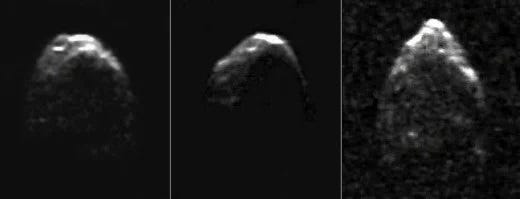
Source: nasa.gov
In 2014, researchers from the University of Tennessee found that this asteroid resembles what is sometimes referred to as a "rubble pile," composed of numerous small rocks held together by gravitational forces.
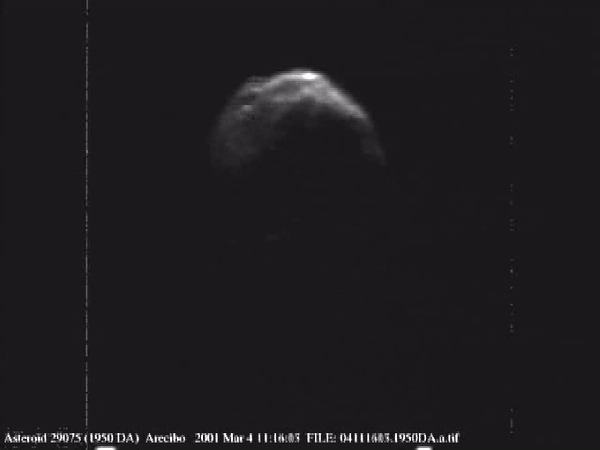
Source: wikipedia.org
Remarkably, (29075) 1950 DA spins on its axis at a rapid rate, completing a rotation in about 2 hours. This fast rotation could lead to the dispersal of its rocky components, yet they remain intact. Current theories suggest that weak electrostatic forces, known as Van der Waals forces, help keep the rocks together.
Section 1.2: (300163) 2006 VW139
Next on our list is the main belt comet, (300163) 2006 VW139, which is an active asteroid. This classification blurs the lines between asteroids and comets. What further sets it apart is that it is not just one entity but rather a double asteroid!
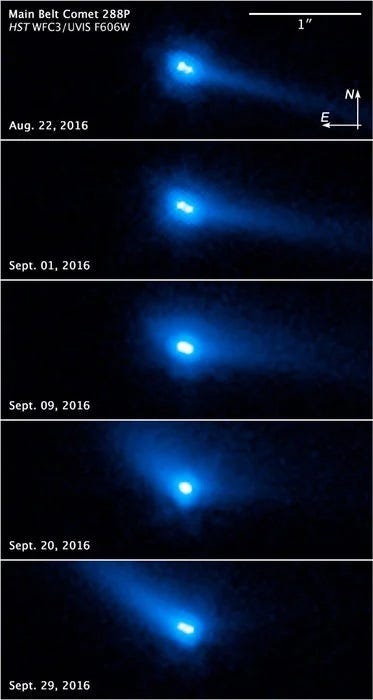
Source: esa.org
This celestial body consists of two active components orbiting a shared center of mass, with a distance exceeding 100 kilometers between them. They take approximately 3240 hours to complete their orbit, making it the longest period in the solar system. It is also the only known double comet currently.
Section 1.3: Chiron
Chiron is a fascinating object that has undergone classification changes since its discovery in 1977. Initially deemed an asteroid, observations during its perihelion revealed a coma, leading to its reclassification as a comet. However, this coma has since vanished, likely forming only during its closest approaches to the Sun.
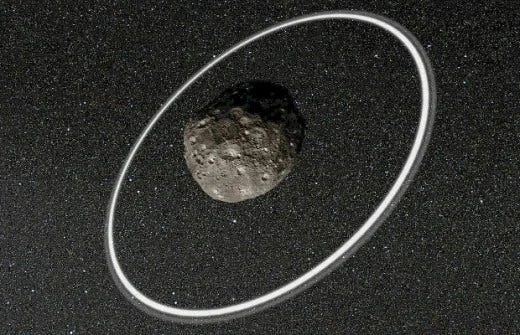
Source: owlcation.com
What makes Chiron particularly interesting is its size, as it is much larger than typical comets, and it may even possess rings akin to those of Saturn! If confirmed, Chiron would become the first known comet with ring structures.
Section 1.4: (2017 YES)
While double asteroids are not uncommon, (2017 YES) stands out due to the near-equal mass of its two components, a rarity in celestial bodies. Discovered by the MOSS observatory in Morocco, this asteroid exhibits strikingly different compositions between its two parts.
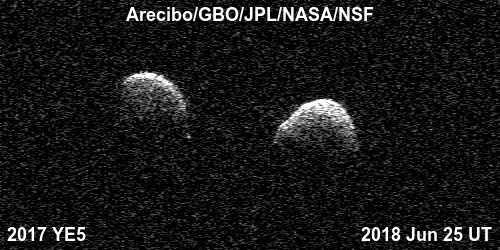
Source: naic.edu
Research indicates that these two components did not form together or originate from a larger body, but rather developed independently and later converged in space. Such occurrences are exceptionally rare, further enhancing the uniqueness of (2017 YES).
Section 1.5: Haumea
Discovered on December 28, 2014, Haumea is a dwarf planet situated in the Kuiper Belt. Its initial discovery led to playful references to Santa, given the timing during Christmas holidays. This celestial body exhibits a brightness variation every two hours, suggesting an elongated shape, akin to a cigar, with a rapid rotation period of just 4 hours.
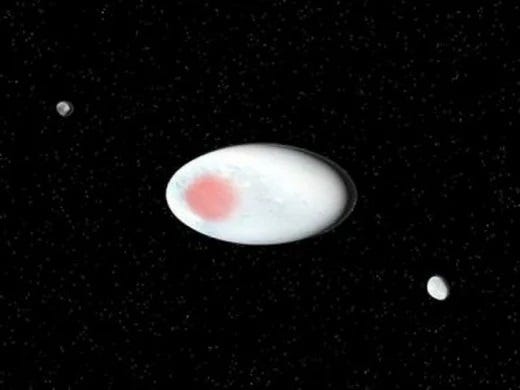
Source: nasa.gov
Haumea boasts the shortest day of any known dwarf planet in our solar system. Simulations indicate that its unusual shape and rotation speed likely resulted from a collision with another Kuiper Belt object, which also led to the formation of its two satellites, Hiiaka and Namaka.
Section 1.6: (55637) 2002 UX25
Lastly, we have (55637) 2002 UX25, a sizable object in the Kuiper Belt that is notable for its exceptionally low density.
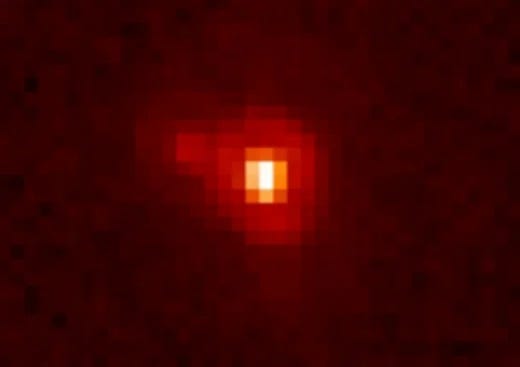
If it were placed in a suitably sized ocean, it would float, as its diameter is just under 700 kilometers, making it the largest rocky body with an average density lighter than water.
To learn more about other strange celestial objects, check out the video titled "Six Strange Dark Comets Found In Near Earth Orbit With 'Oumuamua Like Properties." It explores intriguing findings regarding comets with properties similar to 'Oumuamua.
Additionally, don’t miss the video titled "The 10 Weirdest Things in the Solar System," which showcases some of the most bizarre phenomena we observe in our cosmic neighborhood.
As we conclude, if you wish to see more articles about space in your feed, feel free to clap! Subscribe to our channel and ask any questions you may have, as I will be addressing them in future articles. If you appreciate my work, consider supporting us by becoming a Medium member for just $5 a month, helping us create even better content.